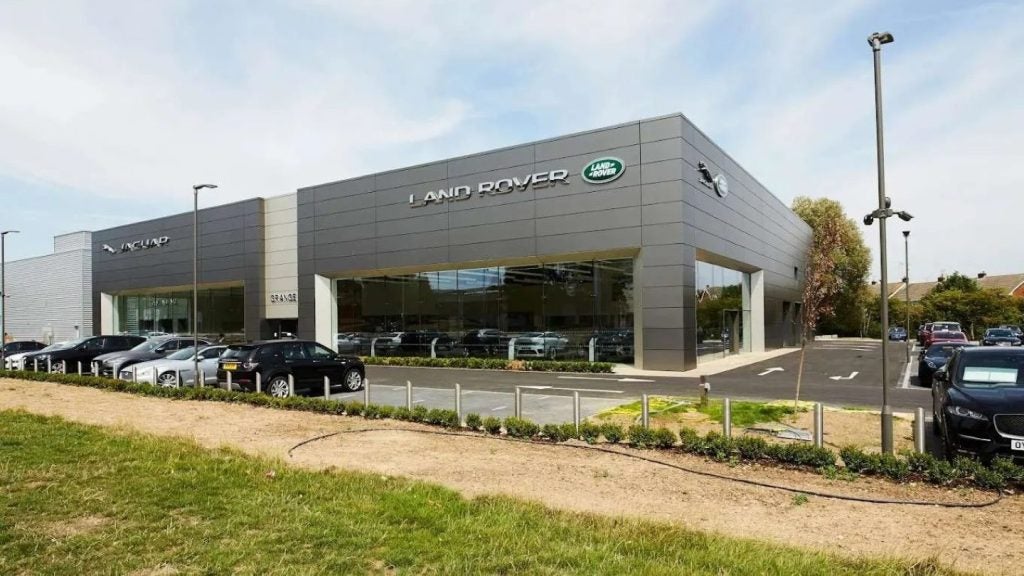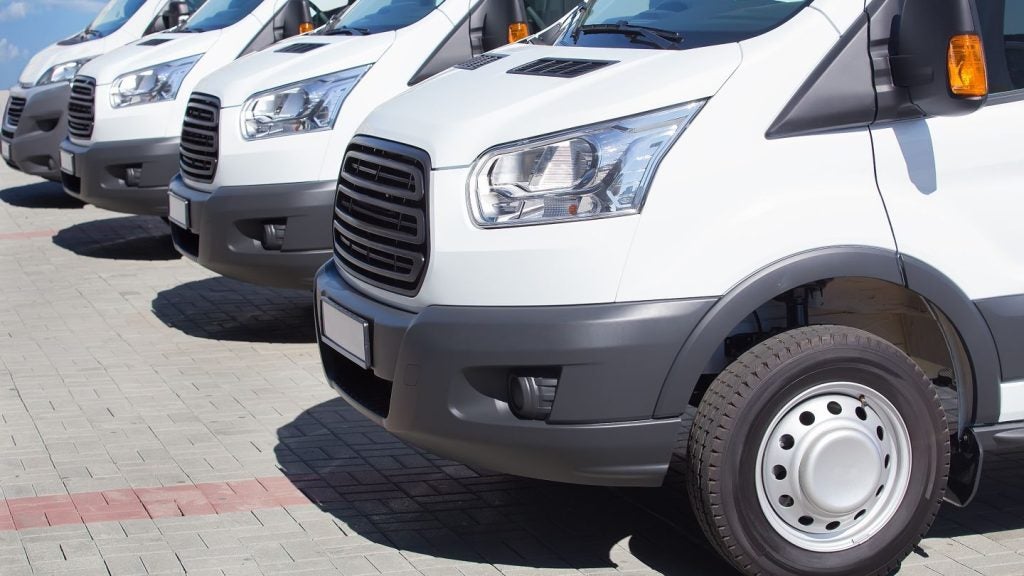The vehicle remarketing sector was put through its paces in 2019, with impending Brexit doom hanging over its head. Political upheaval, economic uncertainty and confusion over emission regulations caused havoc in the sector. However, with the UK having formally ‘Brexited’ from the EU, things could be looking up for the sector – according to industry experts. Athena Chrysanthou speaks to prominent figures in the vehicle remarketing space to ask what can we expect from 2020.
Martin Potter, group managing director at Aston Barclay Vehicle Remarketing, says that from a used car perspective, 2019 did not have too much of an effect on the market – but regardless, the year was the most “unusual” he had ever seen.
Potter explains: “I think it has been the most unusual 12-15 months I think I have ever known in the automotive industry for quite some time, with so many factors playing their part. I think everyone knows that consumer confidence has been a little bit depleted.”
Philip Nothard, customer insight and strategy director at Cox Automotive UK, agrees that the remarketing sector remained somewhat stable through the political crisis, but it was not without its bumps.
“The first half of the year was fairly strong, considering some of the headwinds that the market has felt,” he explains. “The remarketing world and wholesale environment maintained a fairly stable year, as retailers and consumers still both need cars.
Consumers still like to change and upgrade their cars, despite the challenging conditions. We also saw valuations drop considerably through the second and third quarter, so there is kind of a realignment to the used car strength to reflect that demand.”

US Tariffs are shifting - will you react or anticipate?
Don’t let policy changes catch you off guard. Stay proactive with real-time data and expert analysis.
By GlobalDataVicky Gardner, head of remarketing at epyx, agrees that regardless of economic instabilities, consumers will always want to buy used cars. “The used car market is a countercyclical business, so if the economy is doing quite well people buy used cars and if the economy is doing badly people still buy used cars.”
Vehicle Remarketing Association (VRA) chair Samantha Watkins explores the reasons why a lack of consumer confidence hit the market last year, noting the growing uncertainty around diesel, and the uncertainty of what kind of impact Brexit will have on the country.
“Consumers are holding onto their cars just a little bit longer, meaning there has been less demand. This has probably resulted in an unpredictable wholesale market that delivered about seven months of poorer auction trading.
“That lower demand from trade buyers has brought about a softening in retail demand, so that did ease a bit in August, but there have been more severe book drops this year than in recent years. That’s been painful from the remarketing perspective.”
Following nine consecutive quarters of decline in the used car market, in November there was a silver lining: the Society of Motor Manufacturers and Traders (SMMT) reported that the UK used car market saw sales grow by 0.9% in the third quarter of last year.
Despite this, a survey conducted by Cox Automotive in December highlighted the struggles in the market for motor dealers, with 58% of them polling that 2019 was worse than expected.
Technological Advances
On top of diesel and Brexit worries, technological advances have also been making waves in the industry.
“We are moving to a more digital environment,” continues Nothard. “From a dealer’s perspective and from a remarketing perspective, we understand the market is changing and we understand the way in which people transact is evolving. We are evolving too, from a business perspective.”
Nothard believes it is important to maintain a good balance for consumers where digital progress is concerned.
“I think it’s a case of getting that blend between digital and physical cohesive, so it’s allowing buyers and vendors to operate in the digital space using technology, as well as being able to use it in a physical space – rather than in separate streams,” he says.
“From a remarketing perspective we know that vendors are moving further upstream. Both the buyers and the sellers want a faster decision process, with better and more efficient processes. The challenge with the industry is cars are still a physical entity, and it’s still a subjective product.”
Nothard also forecasts an increase in the volume of vehicles being sold online, but if this is the case, the technology needs to be better to support the products.
“The information you hold in the digital space needs to be better, so we are working very much for that at the minute. We understand technology in the remarketing world will become ever more agnostic and data will become ever more transparent; there’s a need for transparency in that,” he states.
Watkins shares similar opinions in regards to transparency, saying customers often have to go through multiple sites to make a decision on purchasing a car.
“We have seen that there has been a transition into digital and technology certainly on the servicing side. So digital servicing records for newer cars are really moving forward, but what I think we will see now over the next 12-24 months is the evolution of much deeper technological advancements. This will allow consumers to have an omnichannel experience,” she explains.
Watkins notes the complicated process in purchasing a car online, and how technology needs to ensure that customers are able to move in and out of the online process.
“At different points during the purchase journey, consumers need different levels of physical interaction. The ideal move is if they can start the journey online, break out of that and go into a retailer, and then come back and conclude the journey online – or anything in between,” she explains.
Potter says technologies have helped speed up processes, enabling cars to be remarketed faster and made available 24/7.
“I think the digital solutions we have got alongside the physical arena have made sure that product is in a route to market at all times, so it is always available for sale. We have now got technology to actually get cars in the marketplace on our digital platform while we are in the process of collecting it, and even before we have collected it. We are starting to remarket cars a lot earlier in the process than we perhaps ever were.
“Technology is definitely helping to get stock available to retailers much faster than it was, and on platforms that most people are very comfortable with, with lots of imagery, so it is helping tremendously,” he adds.
Gardner says epyx looks to provide streamlined solutions to make processes quicker through its 1link Disposal Network.
“Essentially, what that is doing is bringing the used car market onto the dealer’s desk so they don’t actually have to move – it is available 24/7 and there are always vehicles available.
“With the technology we have got, we can offer that flexibility in regards to how our members sell their vehicles, so it might be that they want a constant presence online or they might want to have a timed bidding session to replicate,” she explains.
Electric Remarketing
With the government having just announced plans to bring forward the ban on selling internal combustion engine vehicles by five years, both the new and used car sectors are facing significant changes for the future to meet new targets.
Where the remarketing sector is concerned, Watkins says demand is increasing for second-hand EVs, but the volume available is still low.
“If we look at the used trade values, 2019 has been a challenging year with larger book drops from the main guys, but EV values have really bucked this trend and increased significantly,” she notes.
The VRA believes that with EVs making their way onto the used market in large numbers, a potential “charging crisis” could emerge for remarketing companies. The topic was discussed at the VRA’s January meeting, which was attended by more than 40 members.
Watkins explains: “We have some members who process tens of thousands of vehicles every month. Currently, it is just a question of ensuring that there is sufficient fuel in the tank of each, but looking ahead, a large proportion will be EVs, especially following the government’s 2035 commitment.
“Those remarketing companies will need to make sure that EVs are charged to a useable degree simply to move them around and comply to best practice for storage scenarios. Once an EV has a flat battery, the movement of it becomes a challenge, as they must be handled in line with correct safety protocols which differ from internal combustion engines,” she adds.
Watkins says the only way to ensure they will all have sufficient power is to install “hundreds” of chargers on some large sites that are used for storage by manufacturers and leasing companies.
“This could potentially place huge demands on local electricity supplies, especially as we see more and more power-hungry superchargers being introduced. Certainly, we already know of major remarketing options whose plans for new sites have been dictated, at least in part, by the availability of power infrastructure that is capable of the necessary charging capacity,” Watkins adds.
Nothard agrees that demand for EVs is increasing, but adds that whether this is through desirability or incentive remains uncertain. “With all the ULEV zoning emissions going into city centres and tariff charges that are taking place, there’s a forced market,” he explains.
Potter agrees that the market is growing, helped by the fact that ranges on EVs are becoming less of a barrier than before, further helping the used market.
“I think lots of people are waking up to the fact that the range on these electric vehicles is extending, which has always been the blocker in the past,” he points out. “They are now getting to a level that most people are comfortable with, and everyone is aware of the environment, so it’s definitely growing and becoming more prominent. As more EVs start to filter out into the used market, there will be a matching of more consumer demand to meet the volume.”
A Positive Future
While the remarketing sector has had to deal with a number of challenges in recent months, most are positive that the future looks bright for the sector.
Potter explains: “Certainly, I can see the used car market continuing to be very buoyant because there is more demand than there is supply, certainly for the first half of the next year,” he says.
Watkins says the VRA is seeing an increase in membership due to “unprecedented levels” of change in the industry.
“It has actually been really interesting for me to see how we are really growing, and that’s just a consequence of the fact that there is so much complex change going on that people want to join and share to make sure we are all operating within best practice.”
Gardner believes online sales will “fly” in 2020 as more dealers trust the system, but in spite of this, there will always be the need for a physical auction.
“I think more and more people are realising the efficiencies of online sales and trusting them more. As soon as you have bought one car online and it’s gone smoothly, then you will go back and buy more,” she explains.
“We still have people on our platform sometimes that prefer to use the telephone and speak to somebody, and we are always going to have that and there will always be a place for physical auction, but I think the numbers for online sales will absolutely rocket this year and into 2021.”







